The streaming world has been buzzing with rumors for several years, but it’s looking increasingly official. The new artist remuneration model, “artist-centric,” seems ever closer to becoming a reality. Many people ask: Is the artist-centric model the future of music streaming?
Since the early days of streaming, the question of artist remuneration has been at the center of much debate. It’s an undeniable fact: the primary beneficiaries of the streaming economy are not always the artists but their labels and other intermediaries. Many artists opt for total independence to compensate for this lack of income. The emergence of merch and the return of vinyl and CDs show that artists are looking for sources of revenue. More than streams are needed, especially for artists with less exposure.
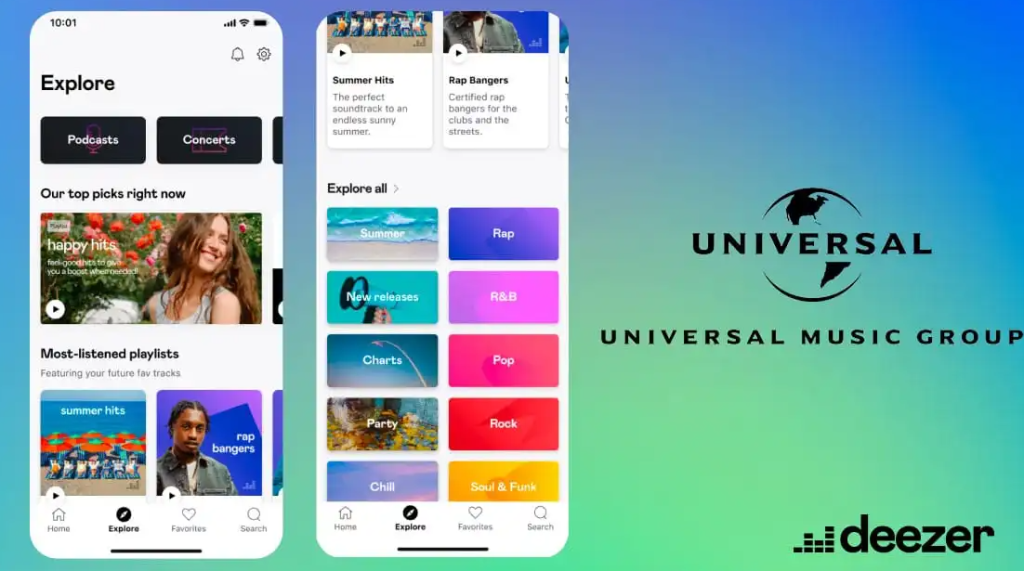
We’ve recently been looking at income distribution according to the number of streams and music streaming platforms. But this could all change very quickly.
Let’s take a look at what’s at stake!
What is the artist-centric model?
The user-centric model is a new method of calculating remuneration based on the “relationship between fans and artists.” Currently, each user’s fees for a Premium subscription service are redistributed among all artists. Even those you may have yet to listen to. And especially the most streamed artists, since those who generate the most streams dip more into the “common pot.” This is the “market-centric” method. An article in Rolling Stone claims that 1% of creators receive 90% of streaming revenues. Many have long protested against this calculation method, which is considered unequal.
To sum up, it would no longer be a question of redistribution based on overall listening volume but of remunerating only those artists to whom users listen.

In September 2023, Deezer and Universal Music Group announced with great fanfare that they would base themselves on a model designed to remunerate artists better. These two entities believe that everything needs to be reimagined to become more egalitarian and fight against streaming fraud. According to Deezer, this new calculation method is now live in France before possibly extending to other countries.
White-noise
In press releases, Universal Music Group’s head of digital, Michael Nash, says he wants to support all artists equally. Jeronimo Folgueira, CEO of Deezer, believes it’s not right that “functional audio” or songs from mood playlists, for example, generate as much money as artists’ songs. He must remember that artists create these ambient songs, but that’s another debate. And we can also wonder how to define “functional audio”: it’s a dangerous line to cross. In a detailed article, Billboard explains that “Deezer plans to remove those noise tracks — which the company says accounts for 2% of streams — from the platform and replace them with Deezer’s own in-house noise content that would not generate royalties.”.
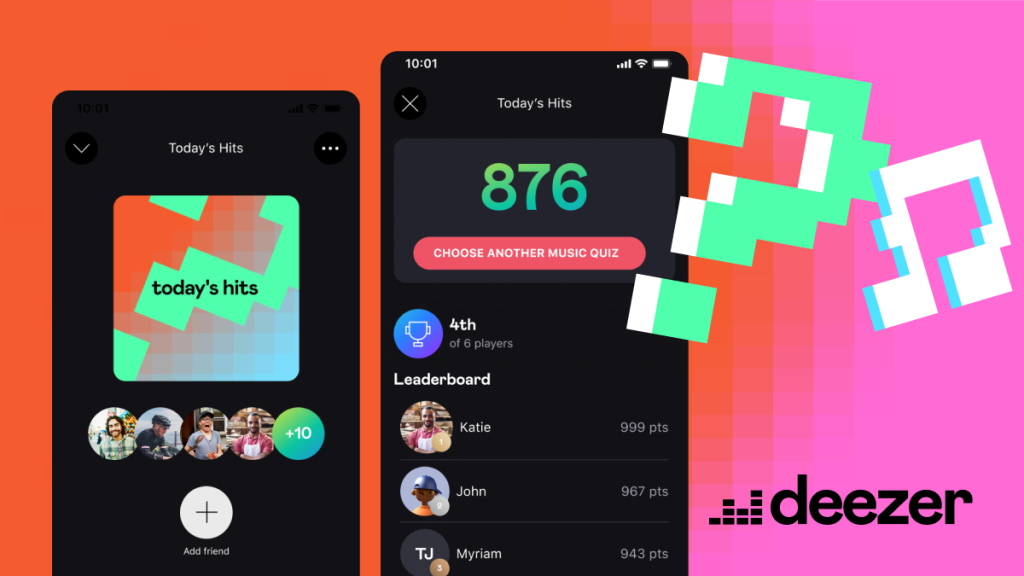
Implementing a new algorithm would give a “double boost” to “professional” artists and pay less for songs generated by auto-play or in playlists. Professional artists will then earn twice the usual amount. Under Deezer’s terms, a professional artist must boast the following numbers: a minimum of 1000 streams from at least 500 unique monthly users. If some artists fall below these marks, they won’t benefit from the double boost. But what about emerging artists or people who have only released one album? They are also professional artists, just yet to be well-established. It seems unfair in that regard.
At Soundiiz, we can’t wait to learn more about these algorithmic models, as everything is, logically, still vague.
Artist-centric model: some people are against it
After Deezer and Universal released their statement, the music label Believe protested against it:
“As a company working with artists and labels at all levels, Believe considers that all artists shall be compensated equally by streaming services regardless of their stage of development.”
The Centre National de la Musique has unveiled a study analyzing the impact of a switch to the artist-centric model in 2021. The study is in French, but you can find all the details here if you are French-speaking.
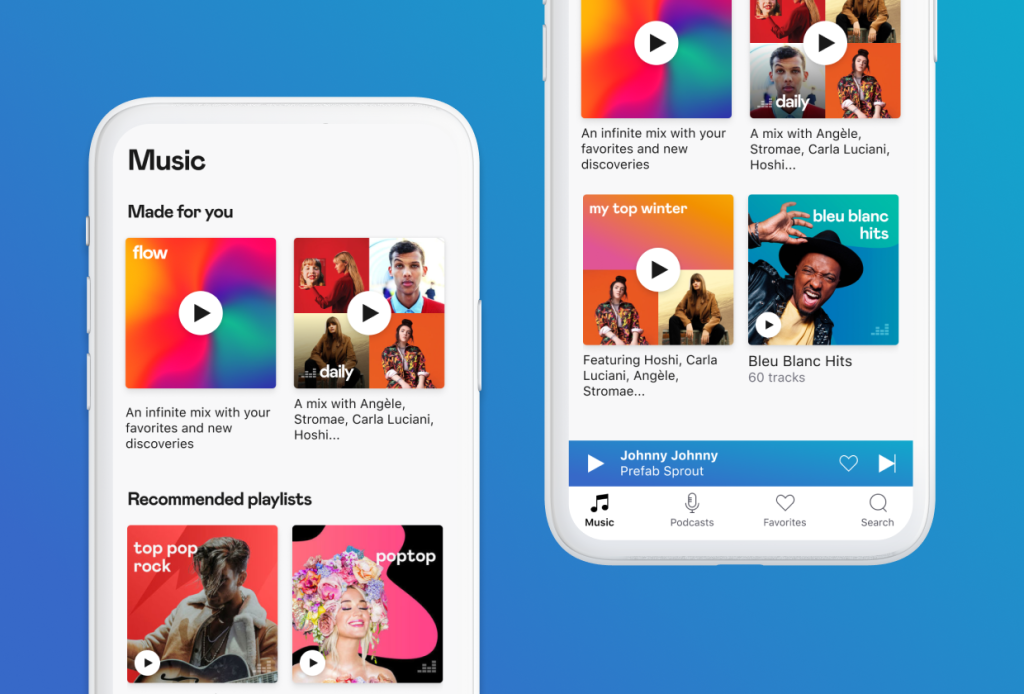
It reveals some surprising conclusions. The user-centric model would not have a positive financial impact on artists with the smallest audiences. It would, however, enhance the value of less popular genres, such as classical music and blues, and harm rap. Pop and Rock would benefit from this new distribution method.
Not so useful?
Another study conducted by ProMusik confirms these conclusions. ProMusik states that “68% of artist profiles could see an increase or decrease of at least 40% in their streaming revenue”. Others claim that the stated aim of redistributing revenue to less-exposed artists is just an idea, not a reality. Users who mainly listen to “indie music” listen to a wide range of artists and are always looking for discoveries.

Their listening habits are, therefore, spread across a multitude of artists. Switching to an artist-centric model could be counter-productive and even less remunerative than the current market-centric model. While the desire to change the model looks good on paper, the reality can be quite different. And penalize those it is supposed to favor.
In its study, the CNL states that the “artist-centric” model “would have a minimal impact on the remuneration of artists with modest audiences: beyond the 10,000th most listened-to artist, all genres combined, the impact of switching to UCPS would be at most a few euros per year on average per artist”.
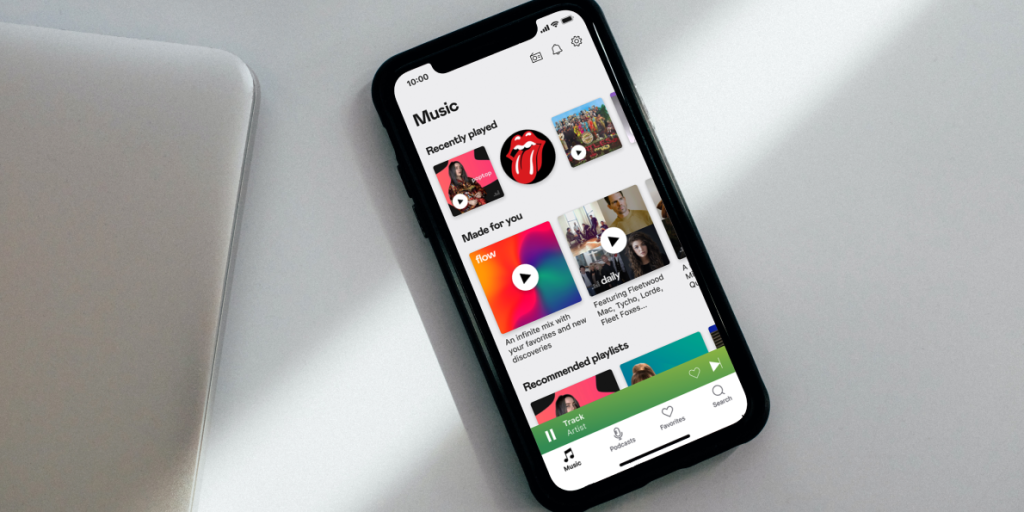
Both studies confirm, however, that the artist-centric model could effectively combat streaming fraud, particularly stream buying. Most analysts agree that it’s still too early to assess the impact of a shift to an artist-centric model. It will take a lot of time and data to ascertain whether less-exposed artists are seeing an upturn in their revenues based on “real” listening. But while the figures are not yet in, there is no doubt that it is positive that remuneration methods are evolving and that the industry is trying to move towards a fairer model.
What’s the future?
Deezer has launched its new model in recent weeks. The industry is paying close attention to its deployment and impact. However, if only Deezer uses this model, the effect will not be as massive as it can be. If Apple Music, YouTube Music, TIDAL, Amazon Music Unlimited, or Spotify – the world’s most widely used platforms – follow Deezer’s model, then much could change.
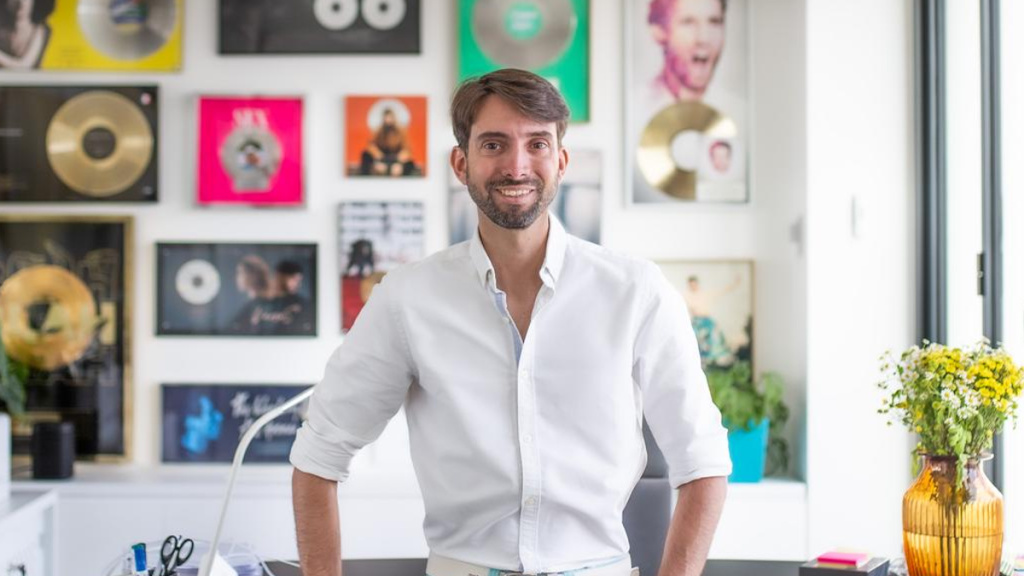
Another possibility is that artists will decide that Deezer is on the right track and side with it. We wouldn’t say they could withdraw all their music from other streaming services. But the influence of artists is such that they could direct users’ choices.
The eyes of the world are on Deezer.
What does Soundiiz have to do with the artist-centric model?
At Soundiiz, we pay close attention to artists’ remuneration policies. It’s a subject we’re passionate about. However, we have no impact on the potential shift from a market-centric to an artist-centric model. We can’t influence negotiations between labels and streaming platforms.
On the other hand, we will play an essential role if you wish to support Deezer’s initiative and migrate all your data to the French company. How can we do that? By using our Transfer function, for example.

And don’t worry if you’ve already subscribed to Spotify, Apple Music, or YouTube Music. One thing that holds many people back in their decision to switch streaming platforms is the fear of losing data (playlists, favorite songs, etc.) accumulated over the years on their old streaming service.
Soundiiz allows you to avoid the embarrassing situation of arriving at Deezer and starting from scratch. Building up a library of artists, songs, albums, or playlists… Wouldn’t that be frustrating?
With Soundiiz, you can find all your Spotify, Apple Music, TIDAL, YouTube Music, and other data directly in your Deezer account in just a few seconds.

But Soundiiz doesn’t just store your data in one place: our tool is pretty magic because it allows you to edit and export these same data…directly from your Soundiiz account without going through Deezer again.
Another feature our users love is the ability to export your Deezer playlists in CSV format before canceling your subscription. Then, you can download the file, store it on your chosen device, and re-import it. Bonus: if you modify one or more lines of your document, these changes will be available during the re-import.
If you want to switch to Deezer because their artist-centric model seems better than others, subscribe to Deezer while using Soundiiz!



